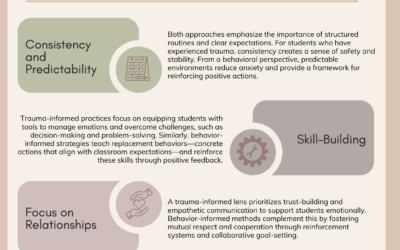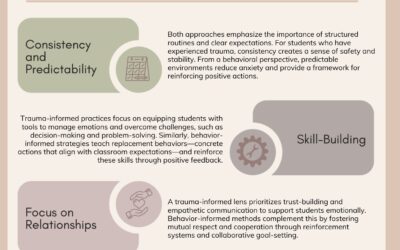Although every classroom is different, all teachers share a common goal: to prepare students for life after school by equipping them with as many independent skills as possible.
Over the past few years, student behavior has become increasingly challenging, and many teachers are struggling to get things “back to normal.” The truth is, we may never return to the way things were, but that doesn’t mean we can’t make meaningful improvements. When it feels overwhelming to determine which behaviors to work on first, one skill stands out above the rest—independence.
Why Independence?
Fostering independence from day one can free up valuable teaching time, allowing educators to focus on instruction rather than constant behavior management. Independence looks different depending on the grade level, but it always includes four core skills:
- Listening to instructions
- Following instructions
- Problem-solving
- Working quietly
Each of these skills must be explicitly taught, practiced, and reinforced before expecting them to come together consistently.
Ways to Teach Independence in the Classroom
Schedule Independent Work Time
Every student, regardless of ability, can engage in some level of independent work. Even a few minutes a day builds essential skills and reduces reliance on constant teacher support. Consider incorporating structured independent tasks such as:
- Fine motor activities or skill review sheets
- Practical classroom jobs (sharpening pencils, cleaning tables, organizing materials)
- Personalized binders with essential skills practice
Making independent work a daily routine reinforces its importance and normalizes self-sufficiency.
Teach Important Skills During Daily Routines
Students complete numerous routine tasks each day, making them great opportunities to practice independence. Some examples include:
- Younger students: Putting on jackets, using the lunch line independently
- Older students: Organizing lockers, maintaining a planner, breaking down assignments into manageable steps
Identify routines students struggle with and intentionally build time for independent practice. Adjust schedules if needed and provide visual support when necessary.
Gain Staff Buy-In
Independence-building is most effective when all staff members are aligned in their approach. It’s natural to want to step in when students struggle, but the more staff allows students the time to be independent, it can make all the difference
Encourage:
- Teachers and paraprofessionals to hold each other accountable for promoting independence
- General education teachers, administrators, and specialists to reinforce key independence skills
- A school-wide focus on an independent skill each month, shared via email or bulletin board reminders
Engaging Activities to Reinforce Independence
Each of the four key skills—listening, following instructions, problem-solving, and working quietly—can be reinforced through engaging activities. Here are some suggested activities that you may already include in your instruction:
Listening to Instructions:
- Simon Says
- Listening to an audiobook and answering questions
- Directed drawing exercises
Following Instructions:
- Following a simple recipe
- Learning a new skill from a YouTube tutorial
- Playing a new board game with guided steps
Problem-Solving:
- Playing games like Headbandz or Fingertip Hula
- Navigating obstacle courses or classroom challenges
Working Quietly:
- Practicing with preferred activities first
- Using timers to gradually increase quiet work time
- Reinforcing successful quiet work with positive feedback
The Big Picture
While fostering independence won’t eliminate all classroom challenges, it reduces disruptions and empowers students to take ownership of their learning. If teachers are spending 20-30% of their day managing preventable behaviors, reclaiming that time means more focus on quality instruction and meaningful student engagement.
By making independence a top priority, teachers can create a classroom culture where students are confident, self-sufficient, and prepared for success beyond the school walls.
Let’s make this the year of independence in the classroom!





